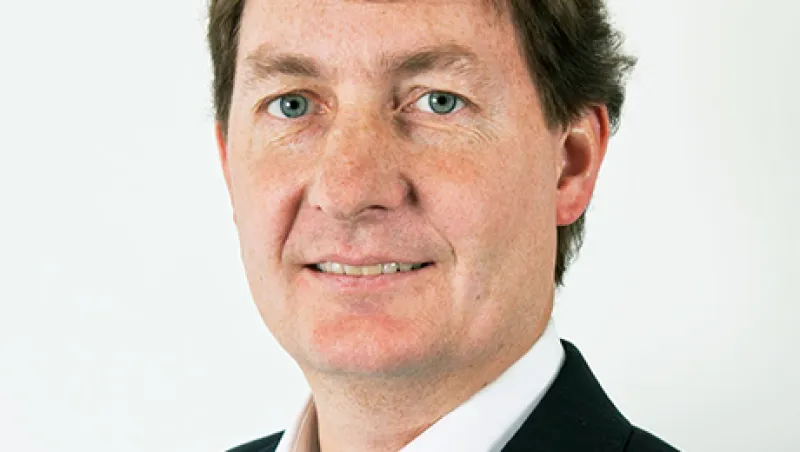U.S. and european Regulators have prescribed notably different remedies to help their economies recover. With Europe finally on the mend, perhaps, a region that had been a feeding ground mainly for credit and distressed hedge funds is looking increasingly attractive to long-short equity managers.
Through the Troubled Asset Relief Program and other initiatives, the U.S. forced highly leveraged banks to take their lumps, write down their assets and move on. Then the Federal Reserve Board flooded the economy with easy money by purchasing bonds, sending the stock market soaring even as cautious companies hoarded cash. The result has been a market rally and mounting fears over what will happen when the Fed begins to taper its bond-buying program.
In Europe the banking recovery has been far slower. With no unified bailout plan, banks were reluctant to mark down the value of loans on their books. But euro zone countries have taken steps to fix their sovereign balance sheets. And since the summer of 2012, when European Central Bank president Mario Draghi promised to do “whatever it takes” to save the euro, worries about the currency have abated. In November, Draghi cut the ECB’s main interest rate to 0.25 percent from 0.5 percent to ward off stagnation.
Stocks have rallied less in Europe than in the U.S. As of November 27 the Euro Stoxx 50 Index had gained 16.95 percent on the year, well short of the 26.73 percent surge for the Standard & Poor’s 500 index. The S&P 500 hasn’t had a down year since 2008, when it dropped 37 percent; the Euro Stoxx 50, which plunged 45 percent in 2008, also spent 2010 and 2011 in the red. In Europe plenty of indicators have caught stock pickers’ attention. Meanwhile, sensitive to the lower valuations, cash-rich foreign companies are shopping for acquisitions.
Reade Griffith, founding partner of $10 billion, London-based hedge fund firm Polygon Global Partners and CIO of its $350 million European Equity Opportunity Fund, says there are important technical reasons to be bullish on Europe now and over the medium term. As concerns about the region started to grow, investors ran for cover. Although money is starting to move back into Europe, there’s still a long way to go, Griffith says.
Between 2007 and early 2012, according to Deutsche Bank, Western European equity funds have experienced outflows of some 36 percent. “What we have seen this year, really since June, is about 4 percent of that 36 percent reverse and come back,” Griffith says. “We are in the first inning of a nine-inning game.” For the week of October 14, Europe received $5 billion in equity fund inflows, according to Bank of America Merrill Lynch, a new record and the 17th straight week of growth. Also, equities are starting to trade more on their fundamentals rather than moving in a band, a change that benefits stock pickers like long-short equity hedge fund managers.
In 2013 the European Equity Opportunity Fund returned 16.21 percent through October 31, compared with 7.14 percent for Hedge Fund Research’s HFRI Fund Weighted Composite Index and 5.49 percent for the HFRI Equity Market Neutral Index. Griffith likes Europe’s prognosis better than America’s. “Despite the U.S. having some very good years of recovery, it has failed to attack its entitlement spending during the flood of easy money,” he says, whereas Europe swallowed bitter medicine by cutting back some entitlements: “Europe is recovering off a far lower base and won’t have to taper to the same degree as the U.S. as the overall picture improves.”
David Morant, lead portfolio manager of the new $300 million European Equity Long/Short fund at $12 billion hedge fund firm CQS in London, thinks the key to the European opportunity is realizing that its nations and sectors don’t all behave alike. He sees big differences among countries and how they’ve responded to the economic pressures of recent years, as well as among European corporations. For example, Swedish banks are in much better shape than most regional counterparts because they’d already undergone a shakeout before 2008.
“Although Europe is perceived as a risk-on, risk-off territory, our contention would be that it is a much more complex picture,” Morant says, calling it “completely ripe for durably mispriced assets.” Mispricing is all the more likely because European Union countries can’t set their own interest rates. Without such a mechanism, “the way this region self-corrects is through asset price bubbles and asset price busts,” explains Morant, who likes companies with pricing power and the ability to raise capital from a variety of sources.
He thinks Europe is becoming more like the U.S. in at least one important respect: the widening gap between the haves and the have-nots. As a result, there’s a boom in luxury goods, from designer clothing to high-end cars, and discount services such as budget supermarkets and airlines, whereas companies that cater to the middle are being squeezed out, Morant says. “That divergence in the consumer base is very important for identifying growth opportunities,” he adds. • •
Get more on hedge funds and alternatives.






